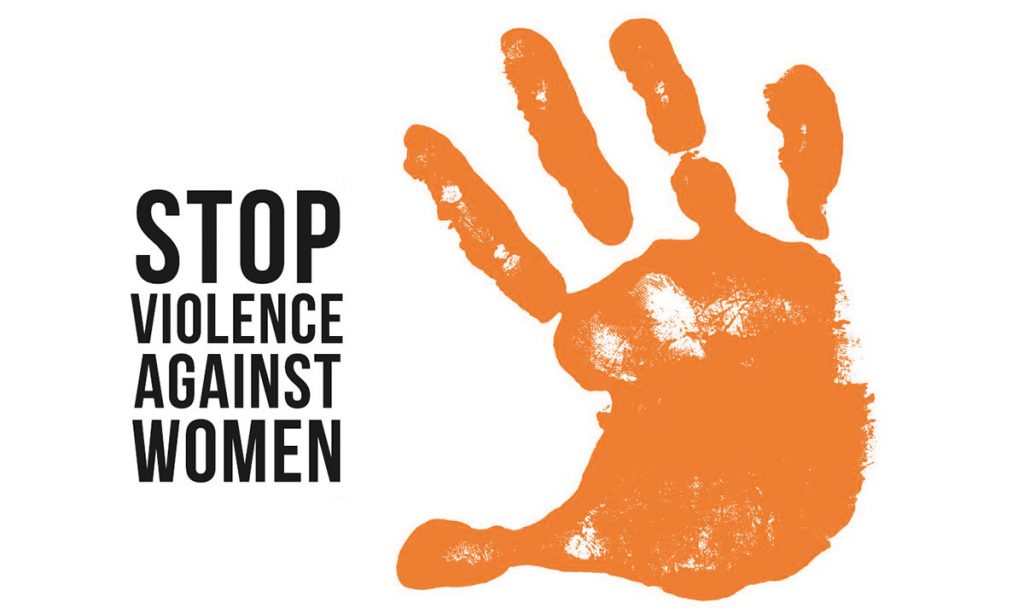
Gender-Based Violence has been singled out as the major contributing factor to girls dropping out of school in Kenya, particularly this year when thousands of girls failed to sit for their national examinations in primary school.
Statistics released by the Ministry of Education in March show that 12,424 Class 8 candidates did not turn up for the Kenya Certificate of Primary Education (KCPE) examinations administered in March.
“The government had announced that there should be a 100 per cent transition. Despite them missing the exams, they will be granted a second chance to sit their exam and transit either to secondary school or polytechnics,” said George Magoha, Education Cabinet Secretary who said an investigation had been launched to establish why such a large number of candidates missed examinations despite having registered for them. The number was double that of 2020 when 5,530 missed out.
Magoha did not provide more details or the exact reason such a large number of candidates stayed away from examination centres. He did not also say how many were boys or girls.
A senior ministry [of Education] official said the challenge had been identified to be teenage pregnancies, early marriages and Female Genital Mutilation (FGM) for some areas.
“The number of girls who did not turn up for the examinations as high as that of boys,” he said, “it is a serious concern today.
Schools in Kenya were closed from March 2020 to January 2021 over the COVID-19 pandemic.
Last year alone, close to 200,000 teenage pregnancies were recorded countrywide, with specific regions worst affected, according to the Education Ministry data.
Trans Nzoia recorded the highest number of teenage pregnancies at 10,000 cases.
Little is yet to be done to curb the trend even after Interior Cabinet Secretary Fred Matiangi warned that those responsible would be prosecuted.
This month, the Ministry of Education is set to release results of national examinations for the Kenya Certificate of Secondary Education (KCSE) examinations, in what officials already fear will have a high number of dropouts.
“There is no doubt about that,” one senior official at the Ministry said, “the government will, however, give them another chance.”
Girls in informal settlements are the worst affected due to the vulnerable situation they live in that expose them.
Recent statistics released by the Ministry of Public Service and Gender show that there was an increase in Gender-Based Violence cases in Kenya in 2020, raising concerns on the safety of women and girls who are the most vulnerable and affected in the society, particularly during the COVID-19 pandemic.
Statistics released by the Public Service and Gender Cabinet Secretary Margaret Kobia show that there was a 36 per cent spike in GBV cases in 2020 when 5,009 cases were recorded.
Kobia said the cases were recorded between January and December and represented an increase of 1,411 compared to cases reported in 2019. Nairobi, Kakamega, Kisumu, Nakuru and Kiambu counties accounted for most of the cases.
“The findings of the study established that the number of Gender-Based Violence cases reported between January and June 2020 had an increase of 92 per cent compared to previous year same period,” Kobia said.
“Although we see a 36% increase, the numbers could be higher because the stigma associated with the vice and the secrecy surrounding it prevents victims from reporting cases, making it difficult to paint an accurate picture of the prevalence and severity of gender violence overall,” she said,
The most common forms of Gender-Based Violence identified were physical assault, rape and attempted rape, murder, defilement, grievous harm, child neglect and psychological torture.
Winny Syombua, a Gender Lead at Journalists for Human Rights (JHR) that runs the Voice for Women and Girls’ Rights (VWGR) said the figures could be much more than this based on statistics by other organisations like the Kenya Integrated Health Management System.
“Although we see a 36% increase, the numbers could be higher because the stigma associated with the vice and the secrecy surrounding it prevents victims from reporting cases, making it difficult to paint an accurate picture of the prevalence and severity of gender violence overall,” she said.

